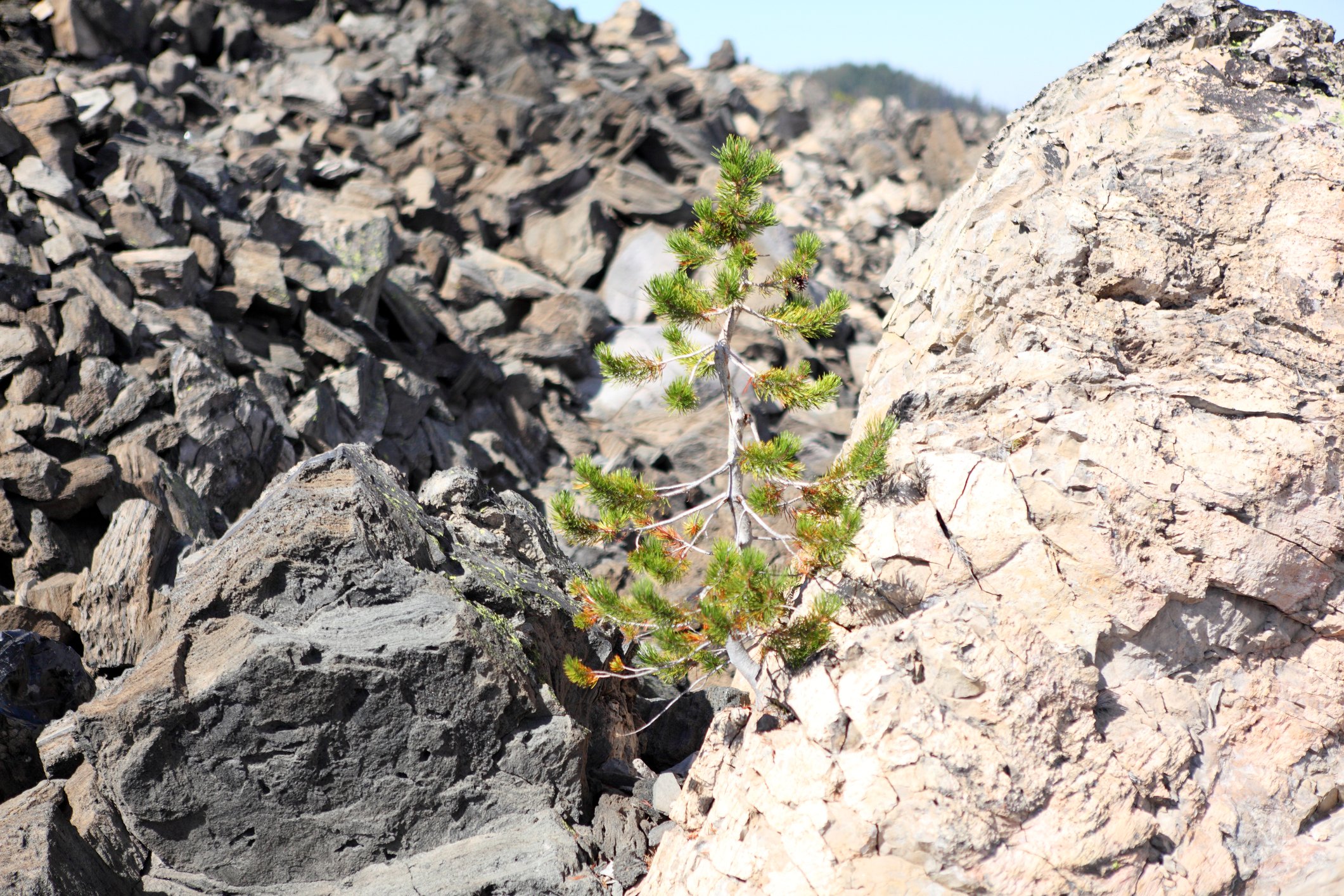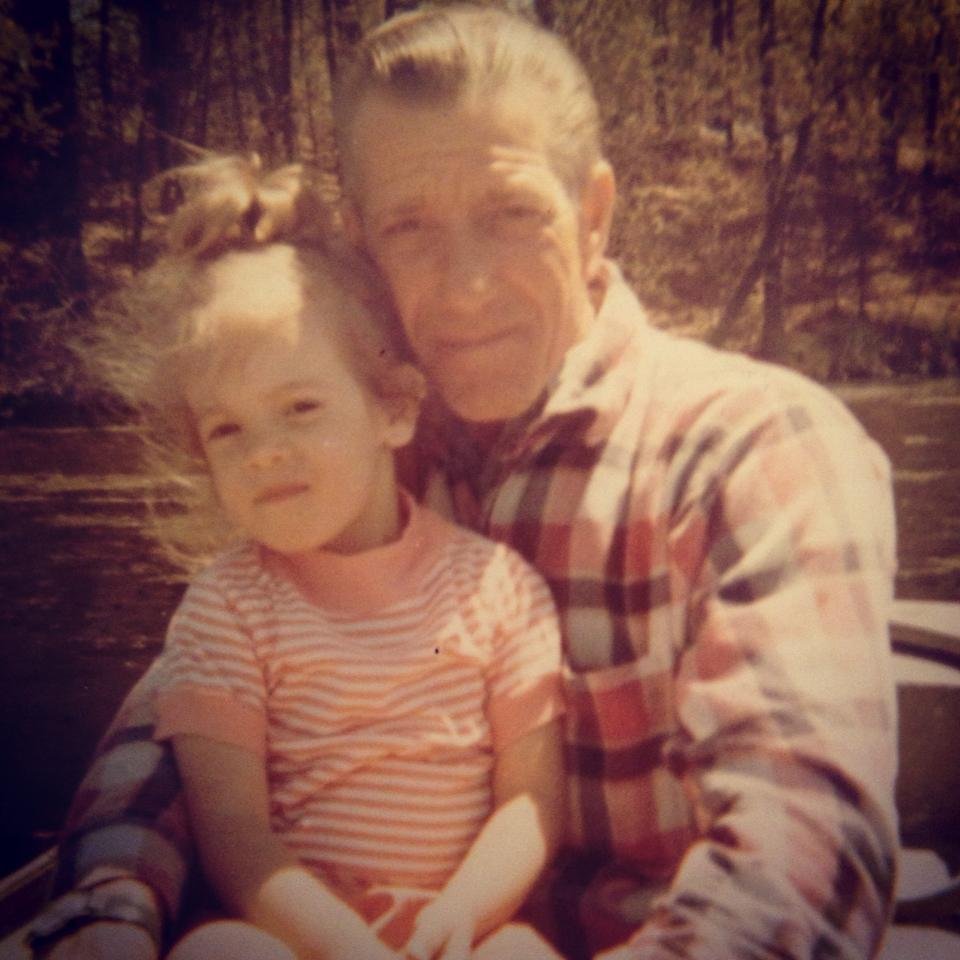Buffalo seasons Awareness in life

Holding the Whole Person: Depth Therapy for Trauma, Grief, & Meaning-Making
As a psychotherapist with training in depth psychology, existential philosophy, narrative theory, and Buddhist practice, I have found that integrating these perspectives provides a flexible and deeply humane foundation for clinical work. Clients often arrive in therapy not only seeking relief from symptoms, but longing to understand themselves, repair internal fractures, and live with a sense of purpose and authenticity. These traditions, when held together in dialogue, support that process by inviting the individual to meet their suffering with awareness, responsibility, and symbolic depth.
Making Friends with One’s Anxiety …
Managing anxiety can be approached with a variety of techniques that help externalize and reduce the mental load. Engaging in mindfulness can significantly reduce anxiety by fostering greater awareness and acceptance of the present moment. Through practices like meditation, deep breathing, and mindful observation, individuals learn to observe their thoughts and emotions without being overwhelmed by them. This shift in perspective helps break the cycle of anxious thinking, allowing for a more grounded and calm response to stress. By cultivating a non-judgmental attitude toward thoughts and feelings, mindfulness empowers people to respond to anxiety with compassion and clarity, rather than fear or avoidance, ultimately leading to improved emotional well-being and resilience.

Resilience …That Which Does Not Kill Us
Nietzsche spoke to me on that lava field as if he were my Zarathustra: “That which does not kill us makes us stronger.” Indeed, I thought. Indeed. Decades later, I still rely on Western and Eastern philosophical writings to guide me in life and in my work with clients. Translating Nietzsche’s existential inquiry into therapeutic parlance leads me to a psychological concept gobbled up by 21st Century pop culture: Resilience.
What Nietzsche noted in the late 1800s is today described as one’s ability to rebound from life challenges through flexibility and adaptability. One’s resilience is supported by five pillars: self-awareness, engagement in self-care, the practice of mindfulness, supportive relationships, and living a life with purpose and meaning. During stressful times, any or all of these pillars may weaken, become unstable, or crumble. As one sustains the impacts of adversity, each can help buoy one through the storm.

The Impact of Cancer on Personal relationships
When I was 15 years old, entering high school, my maternal grandfather, aka Moo Moo, died of lung cancer, which had metastasized to his brain. Treatments and prognoses have come a long way since then, and some forms of metastatic disease are curable. I often wish that he would have been able to live this long to see such amazing advancements in medicine. He was in his mid-50s—my age now. I still have the quiet moments I spent with him in his bedroom, the bed facing the rugged lawn and all its rural wonder; but I also have memories of better times with him fishing on the LaCrosse River, eating hot ham and cheese sandwiches at Hardees, and trying to make cream turn into butter by shaking the half and half capsules at the local diner (his idea and prompting).
Mother’s Day, Not Always A Happy Holiday
In the United States, the origin of Mother’s Day dates to the 19th century. In the early 1900s, Anna Jarvis embarked upon a public campaign to establish an official holiday for mothers after the death of her mother. Herself childless, Anna lobbied for the special day as a way to recognize women’s contributions to society. In 1914, President Woodrow Wilson declared the holiday to be held on the second Sunday of May.
By the 1920s, the holiday had been so commercialized, that Anna denounced the holiday, petitioning the federal government to remove the holiday from the official calendar. And so, after thousands of years of honoring mothers and motherhood, the post-modern commercialization of Mother’s Day has been foisted on the public via television, social media, radio, advertisements, sales promotions … the list is endless. For some, the month-long lead-up to the holiday followed by endless social media posts capturing just the right smiles and hugs on the special day, can be unsettling.

